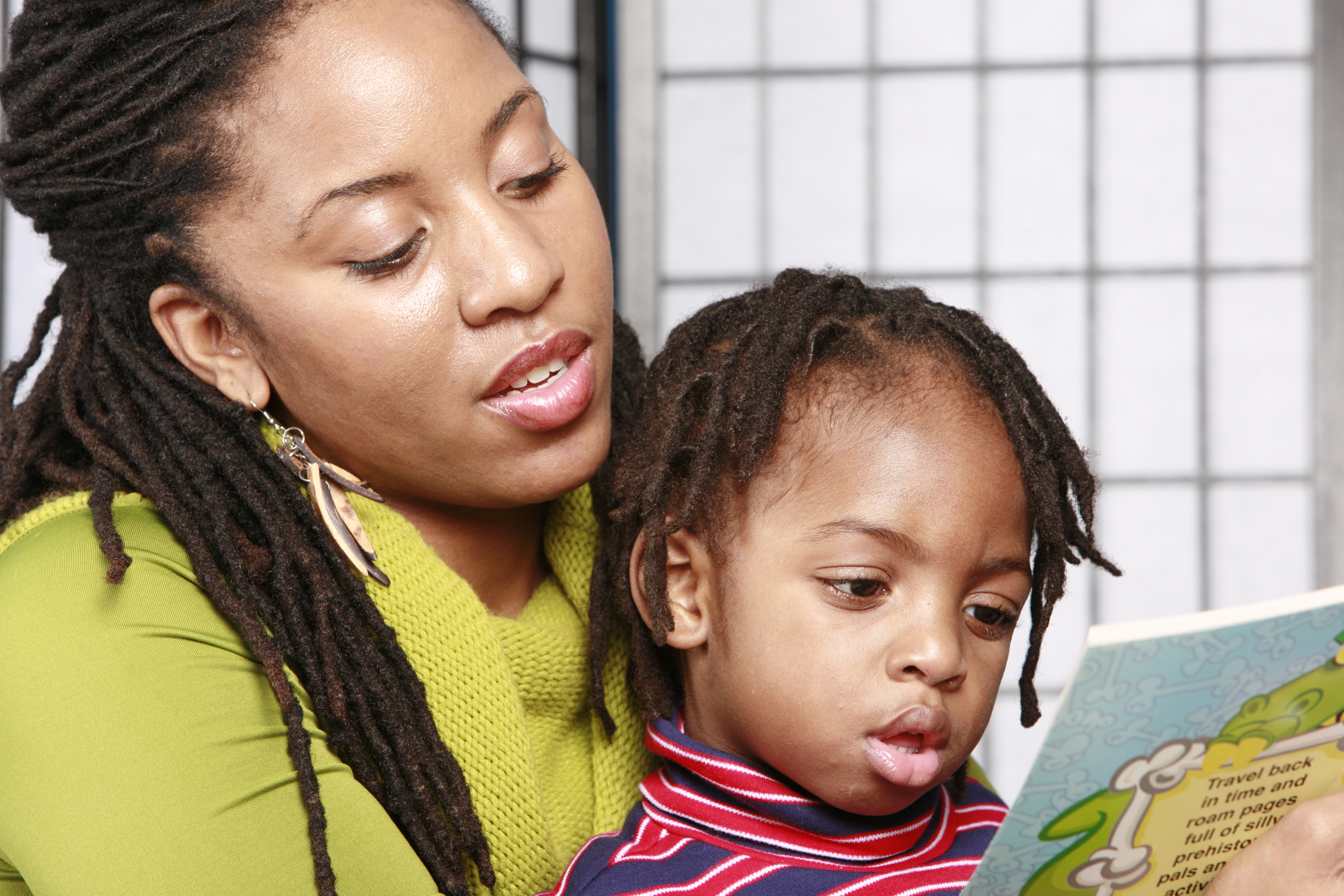Explore resources and activities relevant to courses that explore basic principles, techniques, and materials for emergent literacy in infancy through preschool. These types of courses emphasize linguistic and cultural factors in culturally diverse settings.
Course Activity 1: Facilitating Language Development
These Tip Sheets provide suggestions about ways that families and caregivers can facilitate the development of young children’s language skills. Students can describe what they do or have done to facilitate young children’s language development in their practicum setting. Students can create a large group poster where they list ideas for embedding language development into daily routines with young children.
Course Activity 2: Early Literacy Activities
These two Tip Sheets, The Gift of Words: Reading and Games and Out and About with Preschoolers: Literacy Activities describe simple early literacy activities using common items that families and caregivers may have to support early literacy. What other early literacy games and activities would students add to these suggestions? How are families included in literacy activities in their practicum setting?
Course Activity 3: Support For Early Writing
Students can discuss this resource ,The Power of the Pen: Let Children Choose Writing Centers and diagram on paper how they would include a writing center in their future classroom. Questions for discussion/reflection: Where would it be located? What would be included in the writing center to encourage children to create drawings and other written materials? How would students explain the importance of “writing” in early childhood? How would Project Work encourage children’s writing?
Course Activity 4: Creating Opportunities for Language and Literacy
Students can watch the video, Early Learning Moment: Language Development, Communication, and Literacy and answer the reflection questions about creating opportunities for language development, communication, and literacy in their settings.
The video, Pretty Up High was created in a toddler classroom. Have students list examples of how the teacher intentionally supports the child’s language development as he draws with a marker at an easel.
Course Activity 5: Language-Rich Environments for All Learners
Read the blog, Creating a Language-Rich Classroom for Young Dual Language Learners (DLLs). Students may share their favorite books or other materials that are available in a heritage or home language. Questions for reflection/discussion: What has been helpful in making their classroom language-rich for dual language learners? Have children’s families been included in gathering or suggesting materials? What community resources are available to support dual language learners?
Course Activity 6: Repeated Readings
Use the blog, Repeated Readings Can Build Literacy Skills to start a conversation about early literacy and repeated readings. Students can discuss how collaborating with other professionals (e.g., children’s librarian, speech/language therapist) can enhance early literacy development for all children in their classroom. Some teachers read a book as part of a large group class meeting each day. Questions for reflection/discussion: How might small group “read-alouds” support young children with disabilities in inclusive settings? Have any students had experience with repeated readings in their practicum setting? What were the children’s reactions? What strategies would students use to get children engaged in the repeated readings of a book?
Course Activity 7: Helping Young Children Get Ready to Read
This Tool Kit, Helping Young Children Get Ready to Read is an organized list of resources that can support families, caregivers, and teachers to help young children prepare to read. Research has demonstrated that reading abilities are highly correlated with success in other subjects in school. Teachers can start children on their way to reading by providing a literacy rich environment and engaging in intentional teaching strategies to support early language development. The instructor may have students choose an item from the Tool Kit to evaluate and share their findings with the class.
